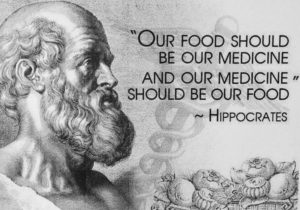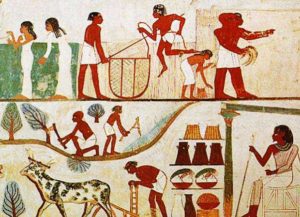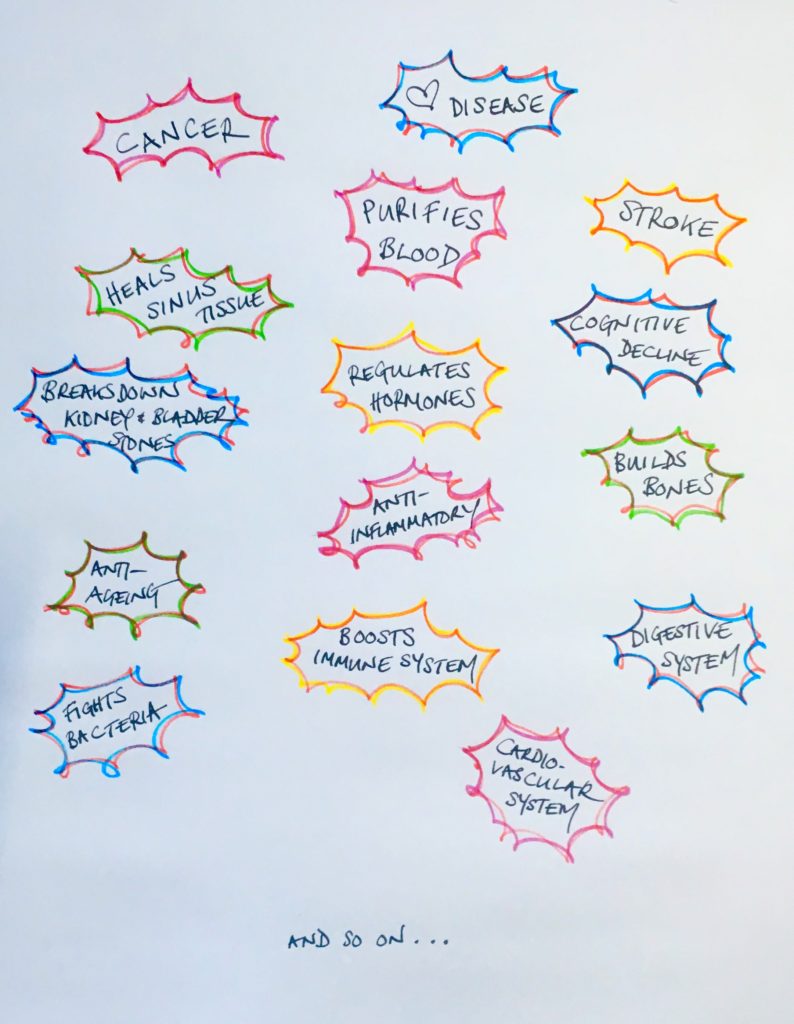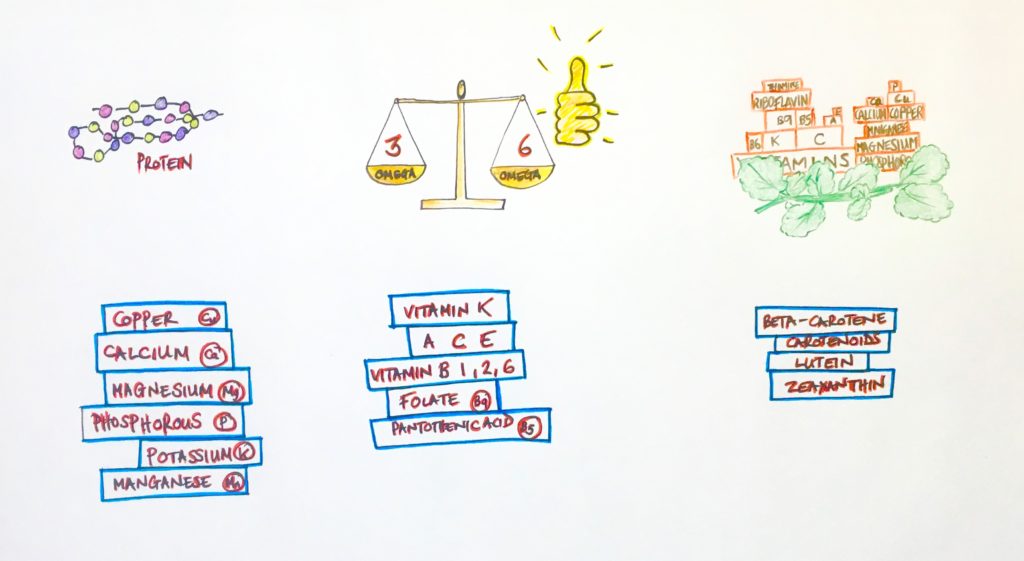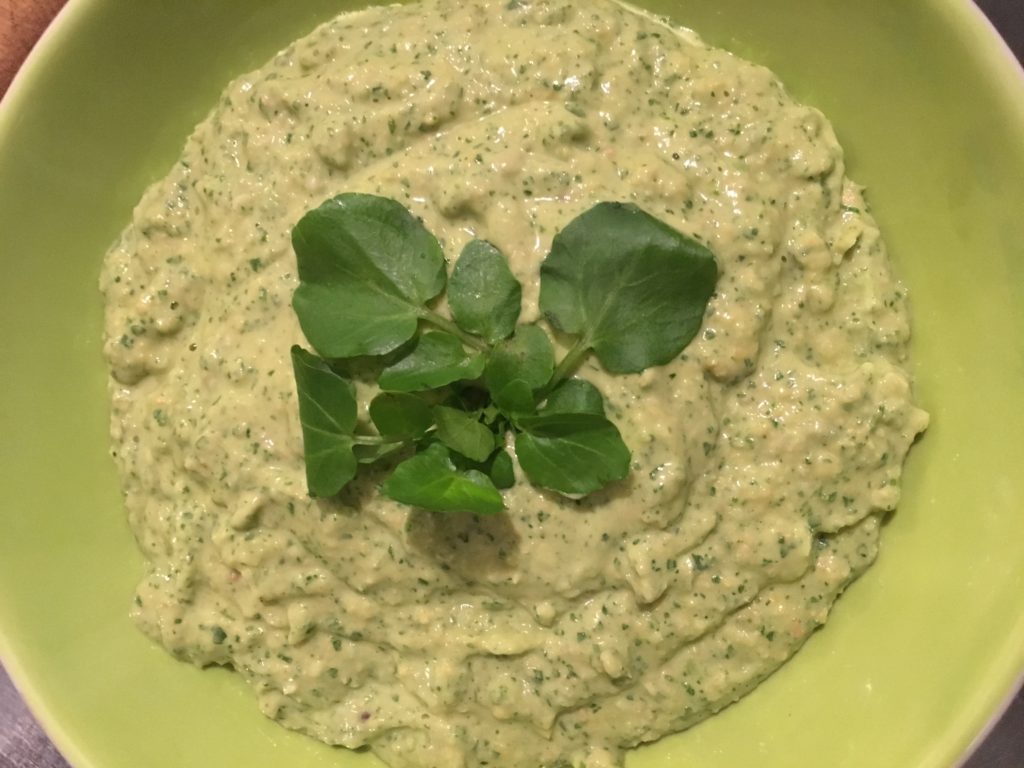This is the original blog and loose script upon which the watercress VLOG (will be live soon) is based.
Watercress, as the name implies, is an aquatic plant and it had been cultivated and recommended for it’s healing and nutritional properties for literally thousands of years.
Hippocrates swore by it, the Ancient Egyptians plied their slaves with it to keep them healthy. Closer to home we were obsessed with it right into the early part of the 20th Century but then it feel from grace some how and ended up being a steak garnish! A quick poll of a few friends reveals that a majority of them never touch the stuff preferring, as so many do, rocket and spinach where watercress could easily be eaten. Watercress out performs both of these and many more in it’s health supporting, disease fighting nutritional content – especially when eaten raw. And, although I loathe the word ‘superfood’, it’s a strong contender for such a title and it always tops lists of nutrient dense foods in many various studies (and nutrient calculation systems like Dr Joel Fuhrman’s ANDI – Aggregate Nutrient Density Index).
The listed benefits of watercress are diverse and far-reaching and include fighting cancer and heart disease, helping fight against stroke and cognitive decline.
It purifies the blood, heals sinus tissue, breaks down kidney and bladder stones, regulates hormones, build bones and it is anti-inflammatory and anti ageing. Its antibiotic properties fight bacteria, its antiviral properties boost the immune system, it assists the digestive and cardiovascular systems. And so on…
But is it all too good to be true? – I suspect it cannot eradicate all these evil badies single handedly like some sort of green leafy James Bond but there is actually enough evidence about to make it worth incorporating into your diet.
It is a source of a little protein and it’s fatty acid ratio between omega 3 and 6 is great too! But it’s nutritional reputation comes from the stack of vitamins and minerals the plant contains.
It’s noted for it’s Beta-Carotene content and the eye health boosting dietary carotenoids Lutein and Zeaxanthin. It’s very high in Vitamin K (blood clotting, bone health) and is a good source of the holy trinity of anti-oxidants A, C and E. It has various B vitamins like 1, 2, 6 and Folate and Pantothenic Acid and it’s strong mineral content includes copper, calcium, magnesium, phosphorous, potassium and manganese.
So, there seems little disagreement that watercress is well worth eating but how best to have it? It has a hot peppery taste (especially if it’s a mature plant) that some people don’t like but if you do then bunging it in salads, sandwiches or just add small piles to your plate as an accompaniment. Eating the watercress raw will maintain the Vitamin C integrity but again that depends if you like the taste or not. Make it into soup or dips; juice it or add it to most pasta dishes. Chop it up and add it to just about anything and everything where you might add any herbs or other dark green leafy lovelies – like spinach and rocket (or combine it with these two!)
Whatever you choose to do with it I think it’s definitely worth adding it to your diet even if you only do so seasonally. The U.K. watercress season is fairly lengthy – from April right through to October – which means it is readily available then and cheaper than at other times.
Any great recipes let me know!!
